Title
Copyright
Dedication
Acknowledgements
UNIT 1. Basic Chemical and Biological Principles
Chapter 1. Cells and Organisms
1 What Is Life?
2 Living Creatures Are Made of Cells
3 Eubacteria and Archaea Are Genetically Distinct
4 Eukaryotic Cells Are Subdivided into Compartments
5 The Diversity of Eukaryotes
6 Haploidy, Diploidy, and the Eukaryote Cell Cycle
7 Organisms Are Classified
8 Some Widely-Studied Organisms Serve as Models
9 Basic Characteristics of a Model Organism
10 Purifying DNA from Model Organisms
11 Viruses Are Not Living Cells
12 Bacterial Viruses Infect Bacteria
13 Human Viral Diseases Are Common
14 A Variety of Subcellular Genetic Entities Exist
Chapter 2. Basic Genetics
1 Gregor Mendel, The Father of Classical Genetics
2 Genes Determine Each Step in Biochemical Pathways
3 Mutants Result from Alterations in Genes
4 Phenotypes and Genotypes
5 Chromosomes Are Long, Thin Molecules That Carry Genes
6 Dominant and Recessive Alleles
7 Genes from Both Parents Are Mixed by Sexual Reproduction
8 Neighboring Genes Are Linked During Inheritance Unless the DNA Recombines
9 Identifying Genes that Cause Human Diseases
Chapter 3. DNA, RNA, and Protein
1 History of DNA as the Genetic Material
2 Nucleic Acid Molecules Carry Genetic Information
3 Chemical Structure of Nucleic Acids
4 Double-Stranded DNA Forms a Double Helix
5 Constituents of Chromosomes
6 The Central Dogma Outlines the Flow of Genetic Information
7 Ribosomes Read the Genetic Code
8 Various Classes of RNA Have Different Functions
9 Proteins Carry Out Many Cell Functions
Chapter 4. Genomes and DNA
1 Genome Organization
2 Repeated Sequences Are a Feature of Eukaryotic DNA
3 Palindromes, Inverted Repeats, and Stem and Loop Structures
4 Multiple A-Tracts Cause DNA to Bend
5 Supercoiling Is Necessary for Packaging of Bacterial DNA
6 Separation of DNA Fragments by Electrophoresis
7 Alternative Helical Structures of DNA Occur
8 Packaging DNA in Eukaryotic Nuclei
Chapter 5. Manipulation of Nucleic Acids
1 Manipulating DNA
2 Chemical Synthesis of DNA
3 Measuring the Concentration of DNA and RNA with Ultraviolet Light
4 Radioactive Labeling of Nucleic Acids
5 Fluorescence in the Detection of DNA and RNA
6 The Electron Microscope
7 Hybridization of DNA and RNA
UNIT 2. The Genome
Chapter 6. Polymerase Chain Reaction
1 Fundamentals of the Polymerase Chain Reaction
2 Inverse PCR
3 Randomly Amplified Polymorphic DNA (RAPD)
4 Reverse Transcriptase PCR
5 Differential Display PCR
6 Rapid Amplification of cDNA Ends (RACE)
7 PCR in Genetic Engineering
8 Directed Mutagenesis
9 Engineering Deletions and Insertions by PCR
10 Real-Time Fluorescent PCR
11 Molecular Beacons and Scorpion Primers
12 Use of PCR in Medical Diagnosis
13 Environmental Analysis by PCR
14 Rescuing DNA from Extinct Life Forms by PCR
Chapter 7. Cloning Genes for Analysis
1 Properties of Cloning Vectors
2 Detecting Insertions in Vectors
3 Moving Genes Between Organisms: Shuttle Vectors
4 Bacteriophage Lambda Vectors
5 Cosmid Vectors
6 Yeast Artificial Chromosomes
7 Bacterial and P1 Artificial Chromosomes
8 Recombineering Increases the Speed of Gene Cloning
9 A DNA Library is a Collection of Genes from One Source
10 Cloning Complementary DNA Avoids Introns
11 Chromosome Walking
12 Cloning by Subtractive Hybridization
13 Expression Vectors
Chapter 8. DNA Sequencing
1 DNA Sequencing—General Principles for Chain Termination Sequencing
2 Primer Walking Along a Strand of DNA
3 Automated Sequencing
4 Cycle Sequencing
5 The Emergence of DNA Chip Technology
6 Pyrosequencing
7 Second-Generation Sequencing
8 Third-Generation Sequencing
9 Nanopore Detectors for DNA
Chapter 9. Genomics & Systems Biology
1 Large-Scale Mapping with Sequence Tags
2 Assembling Small Genomes by Shotgun Sequencing
3 Race for the Human Genome
4 Survey of the Human Genome
5 Pharmacogenomics—Genetically-Individualized Drug Treatment
6 Personal Genomics and Comparative Genomics
7 Bioinformatics and Computer Analysis
8 Systems Biology
9 Metagenomics and Community Sampling
10 Epigenetics and Epigenomics
UNIT 3. The Central Dogma of Molecular Biology
Chapter 10. Cell Division and DNA Replication
1 Cell Division and Reproduction Are Not Always Identical
2 DNA Replication Occurs at the Replication Fork
3 Properties of DNA Polymerase
4 Nucleotides Are the Precursors for DNA Synthesis
5 DNA Polymerase Elongates DNA Strands
6 The Complete Replication Fork Is Complex
7 Discontinuous Synthesis of the Lagging Strand
8 Chromosome Replication Initiates at oriC
9 Chromosome Replication Terminates at terC
10 Cell Division in Bacteria Occurs after Replication of Chromosomes
11 The Concept of the Replicon
12 Replicating Linear DNA in Eukaryotes
13 Cell Division in Higher Organisms
Chapter 11. Transcription of Genes
1 Genes Are Expressed by Making RNA
2 How Is the Beginning of a Gene Recognized?
3 Manufacturing the Message
4 RNA Polymerase Knows Where to Stop
5 How Does the Cell Know Which Genes to Turn On?
6 Transcription in Eukaryotes Is More Complex
Chapter 12. Processing of RNA
1 RNA Is Processed in Several Ways
2 Coding and Non-Coding RNA
3 Processing of Ribosomal and Transfer RNA
4 Eukaryotic Messenger RNA Contains a Cap and a Tail
5 Introns Are Removed from RNA by Splicing
6 Alternative Splicing Produces Multiple Forms of RNA
7 Inteins and Protein Splicing
8 Base Modification of rRNA Requires Guide RNA
9 RNA Editing Alters the Base Sequence
10 Transport of RNA out of the Nucleus
11 Degradation of mRNA
Chapter 13. Protein Synthesis
1 Overview of Protein Synthesis
2 Proteins Are Chains of Amino Acids
3 Decoding the Genetic Information
4 The Ribosome: The Cell’s Decoding Machine
5 Three Possible Reading Frames Exist
6 The tRNA Occupies Three Sites During Elongation of the Polypeptide
7 Bacterial mRNA Can Code for Several Proteins
8 Some Ribosomes Become Stalled and Are Rescued
9 Differences between Eukaryotic and Prokaryotic Protein Synthesis
10 Protein Synthesis Is Halted When Resources Are Scarce
11 A Signal Sequence Marks a Protein for Export from the Cell
12 Protein Synthesis Occurs in Mitochondria and Chloroplasts
13 Mistranslation Usually Results in Mistakes in Protein Synthesis
14 Many Antibiotics Work by Inhibiting Protein Synthesis
15 Post-Translational Modifications of Proteins
16 Selenocysteine and Pyrrolysine: Rare Amino Acids
17 Degradation of Proteins
Chapter 14. Protein Structure and Function
1 The Structure of Proteins Reflects Four Levels of Organization
2 Determining Protein Structures
3 Nucleoproteins, Lipoproteins, and Glycoproteins Are Conjugated Proteins
4 Proteins Serve Numerous Cellular Functions
5 Protein (Nano)-Machines
6 Enzymes Catalyze Metabolic Reactions
7 Binding of Proteins to DNA Occurs in Several Different Ways
8 Denaturation of Proteins
Chapter 15. Proteomics
1 The Proteome
2 Antibodies Are Essential Proteomics Tools
3 Western Blotting of Proteins
4 Isolating Proteins with Chromatography
5 Mass Spectrometry for Protein Identification
6 Protein-Tagging Systems
7 Selection by Phage Display
8 Protein Interactions: The Yeast Two-Hybrid System
9 Protein Interaction by Co-Immunoprecipitation
10 Protein Arrays
11 Metabolomics
UNIT 4. Regulating Gene Expression
Chapter 16. Regulation of Transcription in Prokaryotes
1 Gene Regulation Ensures a Physiological Response
2 Regulation at the Level of Transcription Involves Several Steps
3 Alternative Sigma Factors in Prokaryotes Recognize Different Sets of Genes
4 Activators and Repressors Participate in Positive and Negative Regulation
5 Two-Component Regulatory Systems
6 Specific versus Global Control
7 Accessory Factors and Nucleoid-Binding Proteins
8 Anti-Termination as a Control Mechanism
Chapter 17. Regulation of Transcription in Eukaryotes
1 Transcriptional Regulation in Eukaryotes Is More Complex Than in Prokaryotes
2 Specific Transcription Factors Regulate Protein-Encoding Genes
3 Negative Regulation of Transcription Occurs in Eukaryotes
4 Heterochromatin Blocks Access to DNA in Eukaryotes
5 Methylation of Eukaryotic DNA Controls Gene Expression
6 X-Chromosome Inactivation Occurs in Female XX Animals
Chapter 18. Regulation at the RNA Level
1 Regulation at the Level of mRNA
2 Basic Principles of RNA Interference (RNAi)
3 Long Non-coding Regulatory RNA
4 CRISPR: Anti-Viral Defense in Bacteria
5 Premature Termination Causes Attenuation of RNA Transcription
6 Riboswitches—RNA Acting Directly As a Control Mechanism
Chapter 19. Analysis of Gene Expression
1 Monitoring Gene Expression
2 Reporter Genes for Monitoring Gene Expression
3 Deletion Analysis of the Upstream Region
4 DNA-Protein Complexes Can Be Isolated by Chromatin Immunoprecipitation
5 Location of the Start of Transcription by Primer Extension
6 Transcriptome Analysis
7 DNA Microarrays for Gene Expression
8 TaqMan Quantitative PCR to Assay Gene Expression
9 Serial Analysis of Gene Expression (SAGE)
UNIT 5. Subcellular Life Forms
Chapter 20. Plasmids
1 Plasmids as Replicons
2 General Properties of Plasmids
3 Plasmid DNA Replicates by Two Alternative Methods
4 Many Plasmids Help Their Host Cells
5 Plasmids May Provide Aggressive Characters
6 Ti Plasmids Are Transferred from Bacteria to Plants
7 The 2μ Plasmid of Yeast
8 Certain DNA Molecules May Behave as Viruses or Plasmids
Chapter 21. Viruses
1 Viruses Are Infectious Packages of Genetic Information
2 The Great Diversity of Viruses
3 Viruses with RNA Genomes Have Very Few Genes
4 Retroviruses Use Both RNA and DNA
5 Subviral Infectious Agents
Chapter 22. Mobile DNA
1 Subcellular Genetic Elements as Gene Creatures
2 Most Mobile DNA Consists of Transposable Elements
3 Retroelements Make an RNA Copy
4 The Multitude of Transposable Elements
5 Junk DNA and Selfish DNA
UNIT 6. Changing the DNA Blueprint
Chapter 23. Mutations and Repair
1 Mutations Alter the DNA Sequence
2 The Major Types of Mutation
3 Chemical Mutagens Damage DNA
4 Overview of DNA Repair
5 Mutations Occur More Frequently at Hotspots
6 Reversions Are Genetic Alterations That Change the Phenotype Back to Wild-Type
7 Site-Directed Mutagenesis
Chapter 24. Recombination
1 Overview of Recombination
2 Molecular Basis of Homologous Recombination
3 Site-Specific Recombination
4 Recombination in Higher Organisms
5 Gene Conversion
Chapter 25. Bacterial Genetics
1 Reproduction versus Gene Transfer
2 Fate of the Incoming DNA after Uptake
3 Transformation Is Gene Transfer by Naked DNA
4 Gene Transfer by Virus—Transduction
5 Transfer of Plasmids between Bacteria
6 Gene Transfer among Gram-Positive Bacteria
7 Archaeal Genetics
8 Whole-Genome Sequencing
Chapter 26. Molecular Evolution
1 Getting Started—Formation of the Earth
2 Oparin’s Theory of the Origin of Life
3 Origin of Informational Macromolecules
4 The Autotrophic Theory of the Origin of Metabolism
5 Evolution of DNA, RNA, and Protein Sequences
6 Different Proteins Evolve at Very Different Rates
7 Symbiotic Origin of Eukaryotic Cells
8 DNA Sequencing and Biological Classification
9 Evolving Sideways: Horizontal Gene Transfer
Glossary
Index
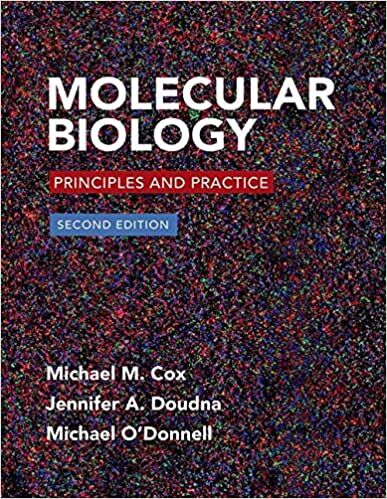


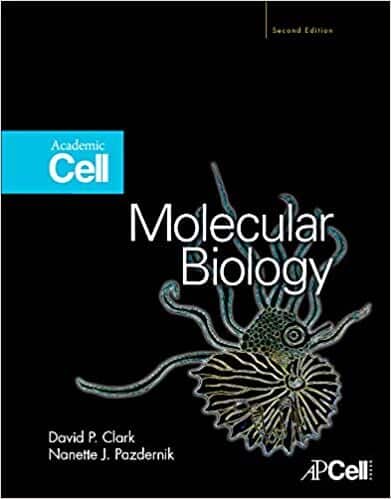
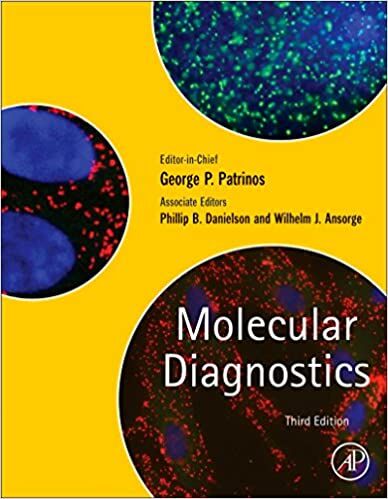
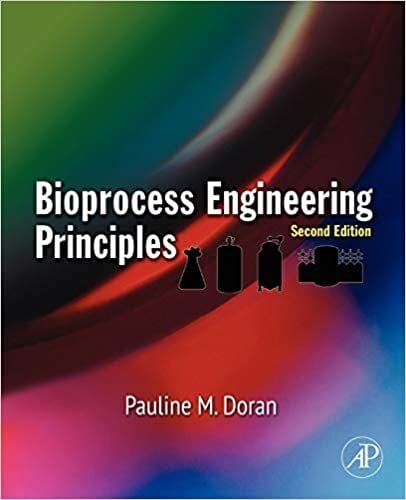

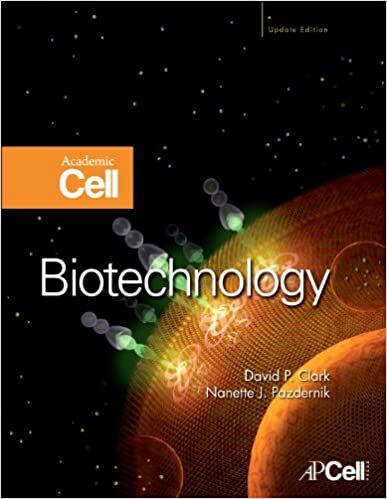
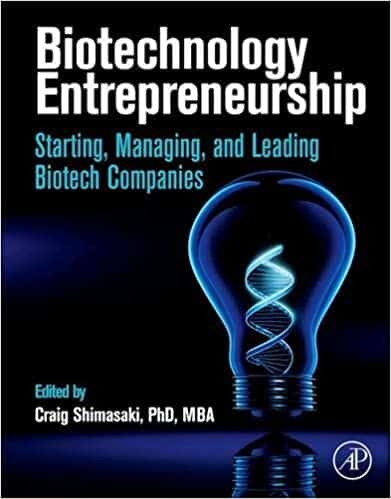


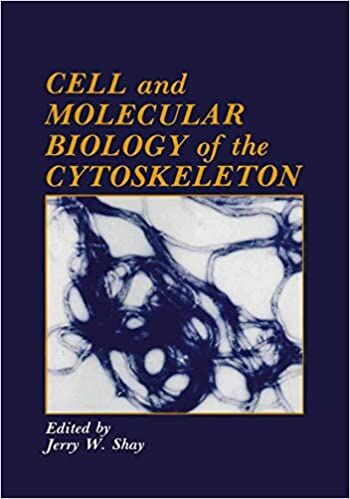
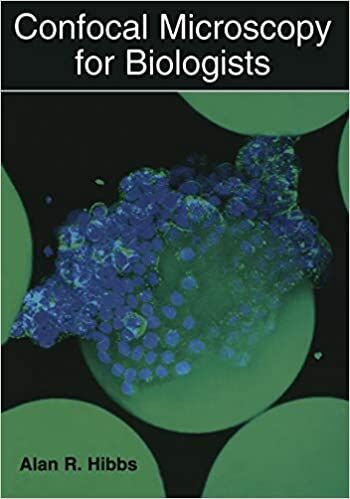




![Ettinger’s Textbook of Veterinary Internal Medicine 9th Edition [PDF+Videos] Ettinger’s Textbook of Veterinary Internal Medicine 9th Edition [True PDF+Videos]](https://www.vet-ebooks.com/wp-content/uploads/2024/10/ettingers-textbook-of-veterinary-internal-medicine-9th-edition-100x70.jpg)
![Textbook of Veterinary Diagnostic Radiology 8th Edition [PDF+Videos+Quizzes] Thrall’s Textbook of Veterinary Diagnostic Radiology, 8th edition PDF](https://www.vet-ebooks.com/wp-content/uploads/2019/09/textbook-of-veterinary-diagnostic-radiology-8th-edition-100x70.jpg)






